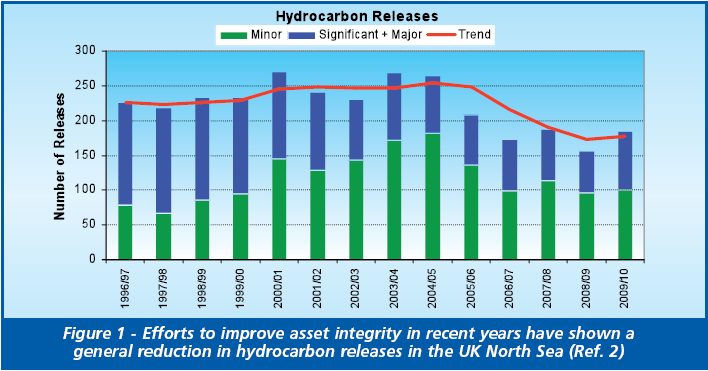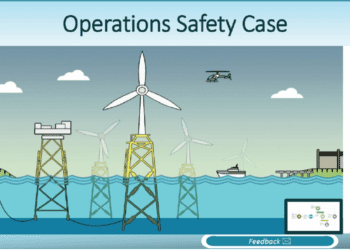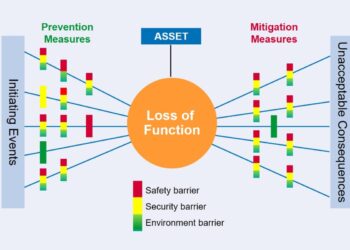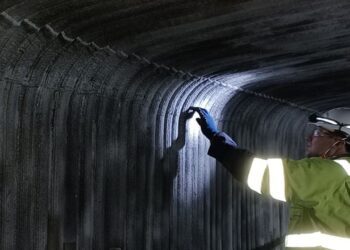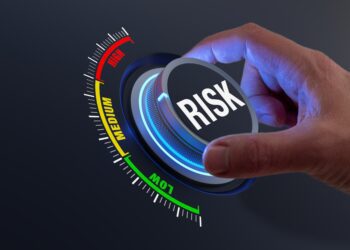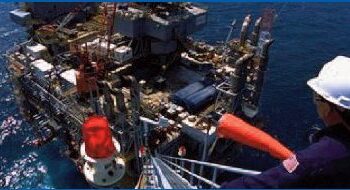Deepwater aftermath – exploring the parallels with Piper Alpha
On the evening of 20th April 2010, the Deepwater Horizon drilling rig was near to completing work on the MC252 deepwater well in the Gulf of Mexico when control of the well was lost. The oil and gas from the well ignited causing 11 deaths and the rig to sink. The oil continued to leak at the seabed for over 3 months and led to the largest offshore oil spill in US history. In July, the well operator, BP, took a charge in its financial results of $32 billion for the oil spill.
The US offshore safety regulatory regime is in the process of being overhauled, with the new Bureau of Ocean Energy Management, Regulation and Enforcement taking over from its predecessor, the Minerals Management Service (MMS). The MMS had been accused by President Obama of having a “cozy relationship” with the companies it regulated. Time will tell what the new regime will demand, but a more comprehensive, systems-based approach to safety and environmental management, together with stronger regulatory enforcement, are inevitable. One option would be to adopt something similar to the UK’s safety case regime, which also sprung from disaster, and requires proving safety ahead of time rather than afterwards through audit.
UK’S DEEPWATER HORIZON
The seminal event in safety regulation of the UK North Sea was the Piper Alpha disaster over 20 years ago on the 6th July 1988. It remains the worst accident ever in the offshore industry, with the death of 167 workers. The report of the two-year public inquiry into the disaster, chaired by Lord Cullen, included 106 recommendations which were all accepted by the industry. Furthermore, regulation of the offshore industry was transferred to the Health and Safety Executive (HSE).
As a result of the Cullen report, the Offshore Installations Safety Case Regulations (OSCR) came into force in 1993 and, by November 1995, every installation possessed a safety case that had been accepted by the HSE. In principle, each safety case demonstrated that the company had a safety management system in place and had identified risks and reduced them to acceptably low levels.
EARLY LESSONS LEARNED
A number of initial difficulties were experienced in applying safety cases, including excessive complexity, too much Reliance on quantitative risk assessment (QRA) and lack of workforce involvement [see Box 1].
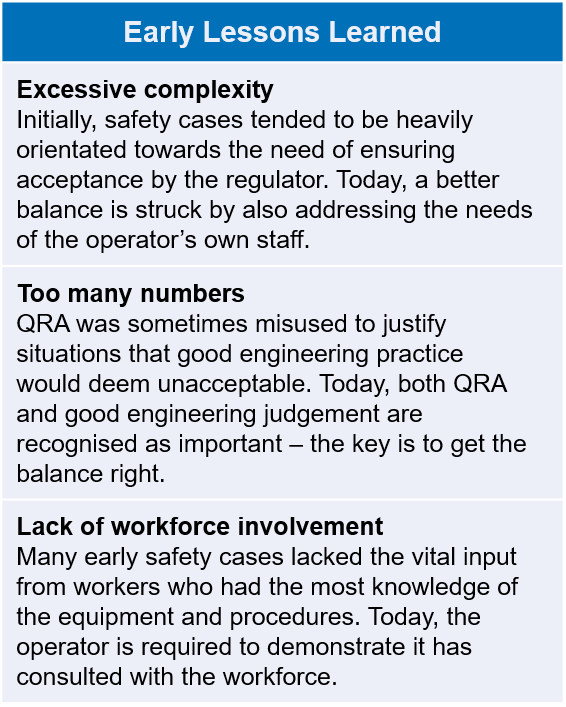
MEASURING SUCCESS
An independent evaluation of the offshore regime, published in 1999 by Aberdeen University, found that most stakeholders felt that the new legal framework aided effective management of risks, but there remained doubts about excessive regulatory complexity [Ref. 1].
As a result, the OSCR were revised in 2005, with the intention of relieving unnecessary burdens on operators and the HSE, and to enhance the safety case’s value to the operator. The HSE was then able to redeploy a significant proportion of staff to undertake inspection and verification activities, which is expected to have greater safety benefits on balance.
The near universal opinion of the UK regulator and operators today is that safety cases have been very successful. There are of course difficulties, but they are not ones which demonstrate any fundamental flaws in the concept, rather they are issues of applying the concept in practice.
IMPROVING ASSET INTEGRITY
Between 2000 and 2004 the HSE ran a specific programme aimed at reducing hydrocarbon releases – a key indicator of how well the offshore industry is managing its major accident potential. A further programme directed more widely at asset integrity management was carried out between 2004 and 2007. In 2009, the HSE reported that the industry had undertaken significant work to improve asset integrity.
The number of hydrocarbon releases in recent years has generally been falling [see Figure 1]. The number of major and significant hydrocarbon releases fell in 2008/09 to the lowest figure on record, but 2009/10 saw a jump back to the levels of 5 years ago [Ref. 2]. The UK offshore industry recognises it can never be complacent, especially for ageing installations.
CONCLUSIONS
Safety cases have been tried and tested in the UK offshore industry now for over 15 years as a technique to help manage major accident risks. While they are not a panacea and will not prevent all major accidents, all the evidence points to their success.
In the aftermath of the Deepwater Horizon accident, the US is currently evaluating the requirement for offshore safety cases, as well as other approaches. The “show and tell” basis of making a case for safety would appear well suited to the US.
References
1. Revision of The Offshore Installations (Safety Case) Regulations 1992 (OSCR), Regulatory impact Assessment (Final), UK HSE, June 2005.
2. Offshore Injury, Ill Health and Incident Statistics, UK HSE.
This article first appeared in RISKworld Issue 18

